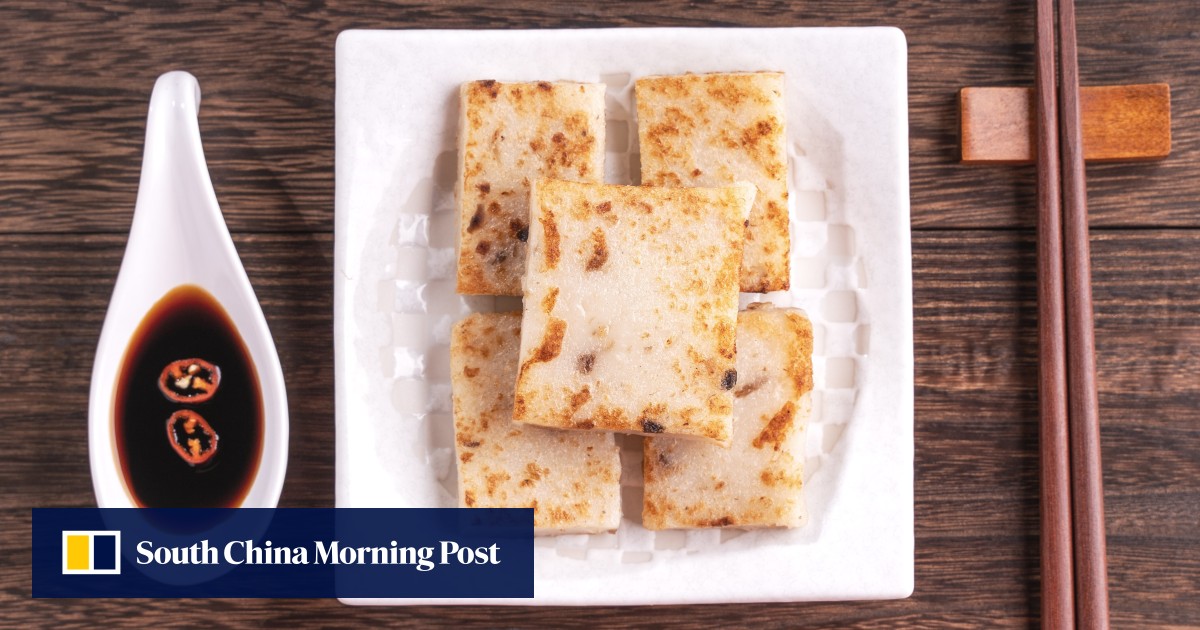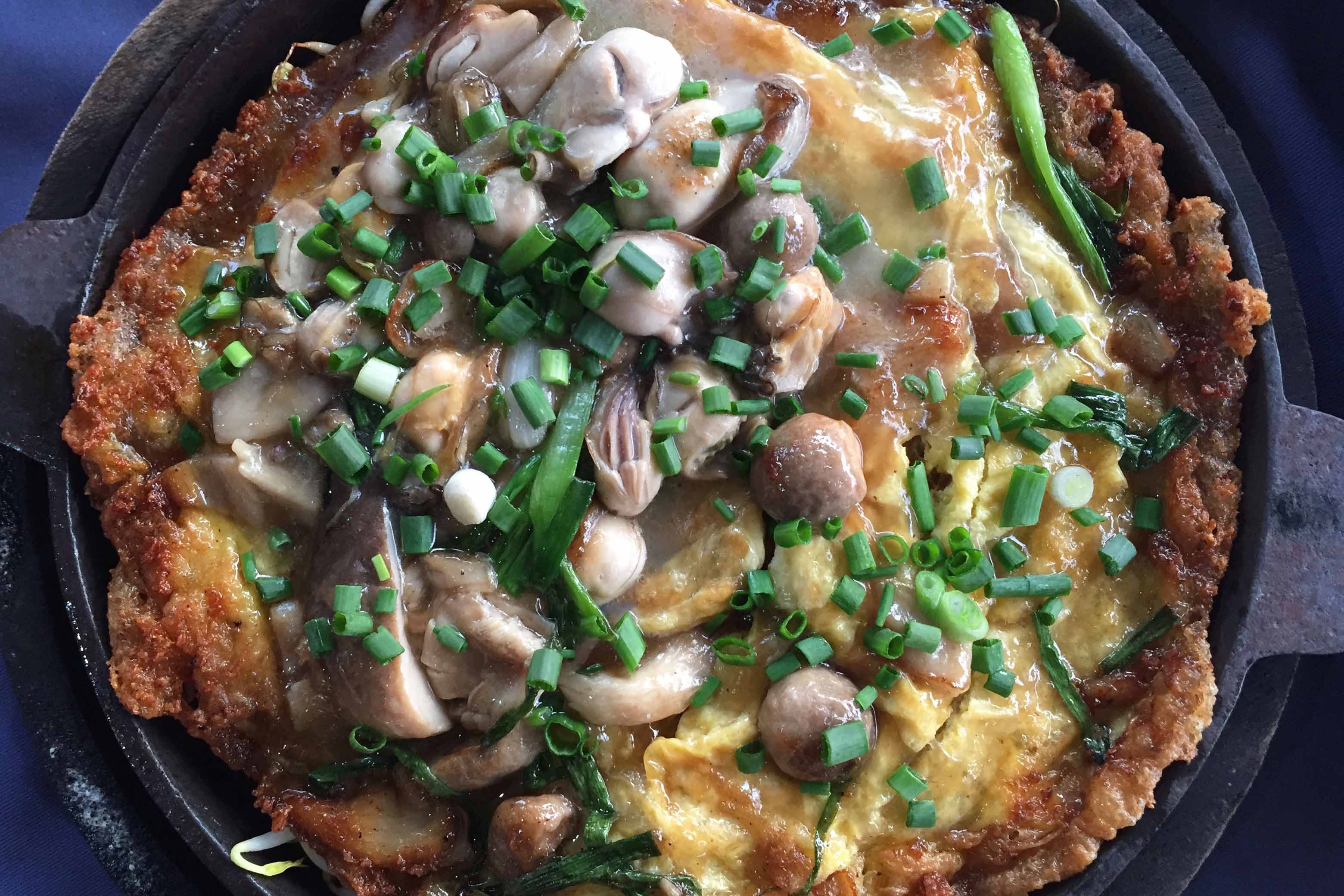

1618 Asian Fusion ( 1620 East Riverside Drive, Riverside).Lin Asian Bar ( 1203 West Sixth Street, Clarksville).Wu Chow is running Chinese New Year specials from Sunday, January 22 to Saturday, January 28 that includes braised whole fish prepared in three ways, all representing prosperity: yu xiang sauce, sweet and sour sauce, and fermented chile sauce.The type of fish varies depending on region, but catfish and crucian carp are popular for their homophonic names. The saying “niánnián yǒu yú” - which translates to: “May you always have more than you need every year” - is not complete without an actual “yu” at the dinner table. Having a fish signifies being prosperous enough to have a surplus at the end of the year. “Yu,” the Chinese word for “fish,” is also a homonym for “surplus,” making it a must-have for any Lunar New Year dinner. For Chūn Jìe (China/Hong Kong/Taiwan/Singapore): Whole fish Keep in mind that, while tangerines, oranges, and certain types of vegetables and candies have their own traditional significance during Lunar New Year, this article is focused on foods that require preparation and can be found in local restaurants and markets.įor a comprehensive look at Lunar New Year dessert specials, tea ceremonies, celebrations, and more in Austin, check out Eater’s separate guide. What follows are some traditional Lunar New Year dishes, categorized by regional celebration, and where to find them to celebrate the holiday in Austin. This year, the first day of the Lunar New Year falls on Monday, January 23, with Lunar New Year’s Eve beginning on Sunday, January 22.

Korea’s Seollal and Vietnam’s Tết are three-day holidays starting on Lunar New Year’s Eve.Ĭultural traditions vary from region to region or even village to village, but within each country, there are certain traditional foods with deep symbolic meanings. In China and parts of Southeast Asia, it’s called Chūn Jié - Spring Festival - and spans the first 15 days of the first month of the lunar calendar. It stems from China’s ancient agricultural roots as a time to praise the old harvest and welcome the new harvest by bringing luck into the new year. Between paying respects and playing games, Seollal (설날) is a fun celebration for all.Lunar New Year is celebrated all over East and Southeast Asia beginning with the second new moon after the winter solstice. The Doodle artwork is crafted from paper-cutting to honor the long-time Lunar New Year tradition.

This year marks the Year of the Rabbit, which is associated with peace and prosperity. Teams alternate tossing sticks, which are curved on one slide and flat on the other, to determine how far they can move along the board. Families then feast on traditional food like tteokguk (떡국), a creamy rice cake soup, and sweet fritters called jeon (전).ĭuring new year festivities, Korean families play games like yunnori (윷놀이) where two teams attempt to advance their pieces around a game board. Afterwards, older people often reward the youth with money inside envelopes wishing good luck. 세배 (sebae) is a principal Korean tradition where young people kneel on the ground and bow their heads to pay respect to older people and wish them a happy new year. Each year, South Koreans enjoy this important holiday with family gatherings, traditional feasts and festive games.

Today’s Doodle celebrates Lunar New Year, or Seollal (설날) in Korean.


 0 kommentar(er)
0 kommentar(er)
